Mozambique: Temane project update - Unabridged
Government restricts new gas stations in provincial capitals and four main roads in Mozambique
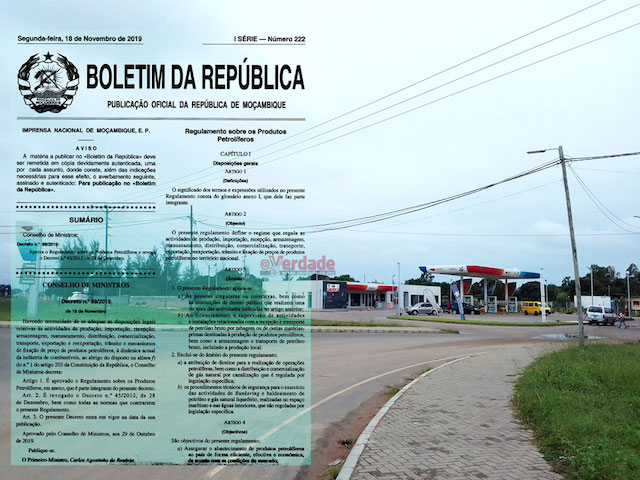
Image: A Verdade
Faced with failure in its goal of building 91 new gas stations in Mozambique, the government has instead decided to restrict the construction of new “service stations” in the provincial capitals and on the country’s four main roads.
One of the priority actions of Filipe Nyusi’s first term five-year plan was to “expand the construction of liquid fuel filling stations under the geographic incentive”. The goal was to build at least 91 new service stations in the districts in five years, a goal carried over from the previous five-year period, in which Armando Guebuza failed to ensure that 128 districts had at least one gas station.
To fulfil its electoral promise, the government in 2012 established, among the various licensing requirements, the payment of a “geographic incentive” fee of 1.5 million meticais for each new gas station in the cities of Maputo, Matola, Beira, Nampula and on National Road No. 4.
Those who invested in other cities or districts without gas stations, or in places more than 50 kilometres from an existing gas station or in other rural areas of Mozambique would be exempt from paying the fee. But still investors were not attracted to investing in “the real” Mozambique.
@Verdade learned from the Balance Sheets of the Economic and Social Plans that, from 2015 until the end of the first half of 2019, only 23 new service stations were built in the districts, in stark contrast with their proliferation in the provincial capitals, and particularly in the cities of Maputo and Matola.

In order to halt the proliferation of gas stations in cities, the government in late October revised the Petroleum Products Regulation, raising the geographic incentive to 6 million meticais and extending the circumstances under which it must be paid.
In addition to Maputo, Matola, Beira, Nampula and National Road No. 4, the geographic incentive fee must also now be paid for new service stations in Tete, Pemba, Nacala, Chimoio, Inhambane, Xai-Xai, Lichinga and Quelimane, and also those built within 500 metres of National Roads No.1, No.6 and the Maputo Ring Road.
The 50 kilometre exclusion radius from an operational filling station has also been reduced to 25 kilometres, while @Verdade also found that the cost of a retail license to operate a filling station has been increased from 30,000 to 100,000 meticais.
By Adérito Caldeira


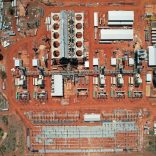



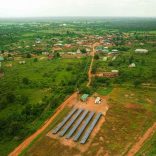


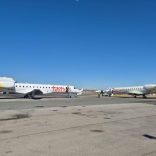

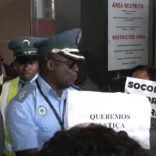
Leave a Reply
Be the First to Comment!
You must be logged in to post a comment.
You must be logged in to post a comment.